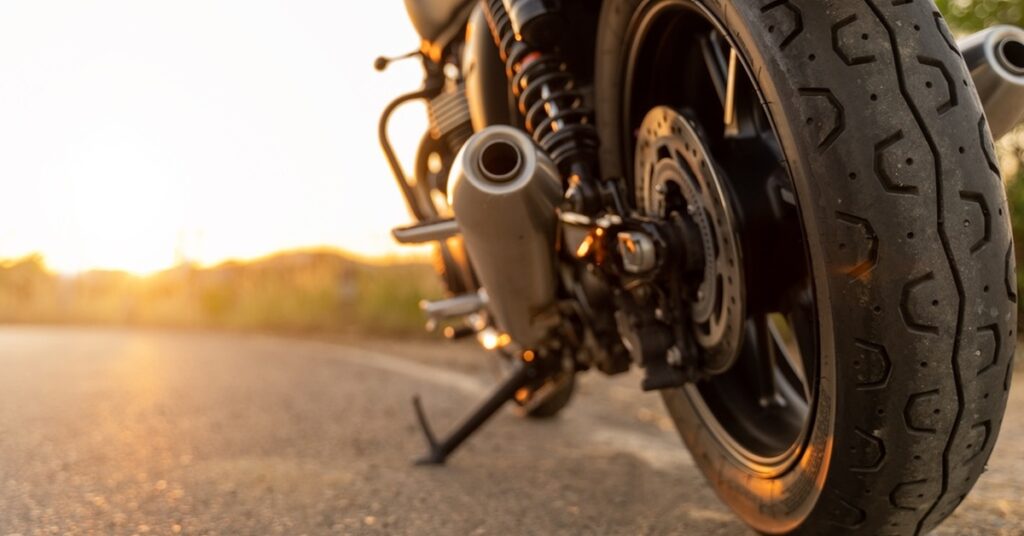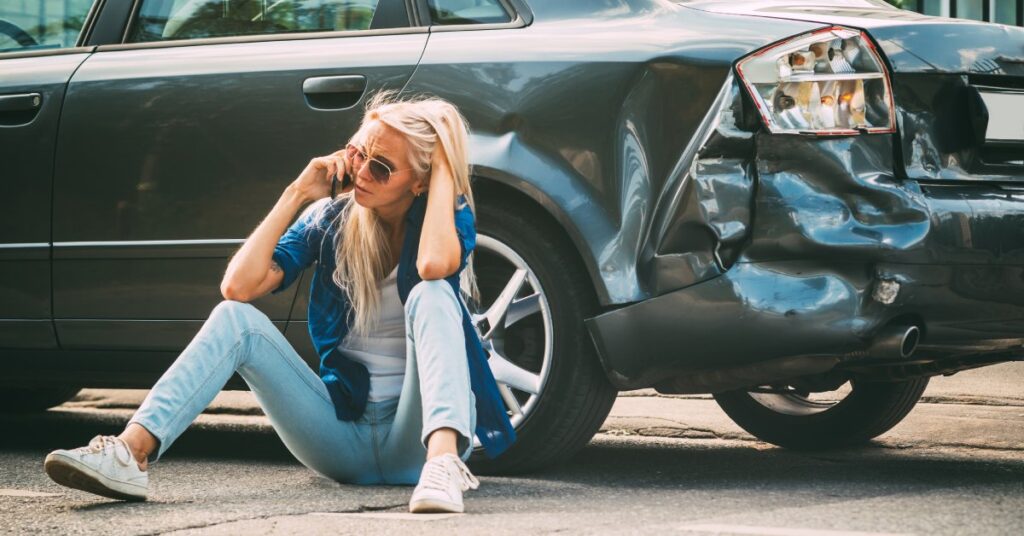SR-22: What It Is and Who Needs To Get One
 Read MoreSR-22: What It Is and Who Needs To Get One
Read MoreSR-22: What It Is and Who Needs To Get One Read MoreSR-22: What It Is and Who Needs To Get One
Read MoreSR-22: What It Is and Who Needs To Get One Read MoreHow To Prepare for Your First Commercial Lease Agreement
Read MoreHow To Prepare for Your First Commercial Lease Agreement Read MoreGaps in Coverage: What They Are and Why To Avoid Them
Read MoreGaps in Coverage: What They Are and Why To Avoid Them Read MoreWhat Kind of Insurance To Get if You Live in an RV
Read MoreWhat Kind of Insurance To Get if You Live in an RV Read MoreHow To Shop for First-Time Homeowners Insurance
Read MoreHow To Shop for First-Time Homeowners Insurance Read MoreReasons for Bundling Auto and Motorcycle Insurance
Read MoreReasons for Bundling Auto and Motorcycle Insurance Read MoreHow Does Car Insurance Cover Repair Costs?
Read MoreHow Does Car Insurance Cover Repair Costs? Read MoreWhy You Should Review Your Business Insurance Every Year
Read MoreWhy You Should Review Your Business Insurance Every Year Read More3 Home Coverages You May Need in California
Read More3 Home Coverages You May Need in California Read MoreDoes a First-Time Speeding Ticket Affect Insurance Rates?
Read MoreDoes a First-Time Speeding Ticket Affect Insurance Rates?